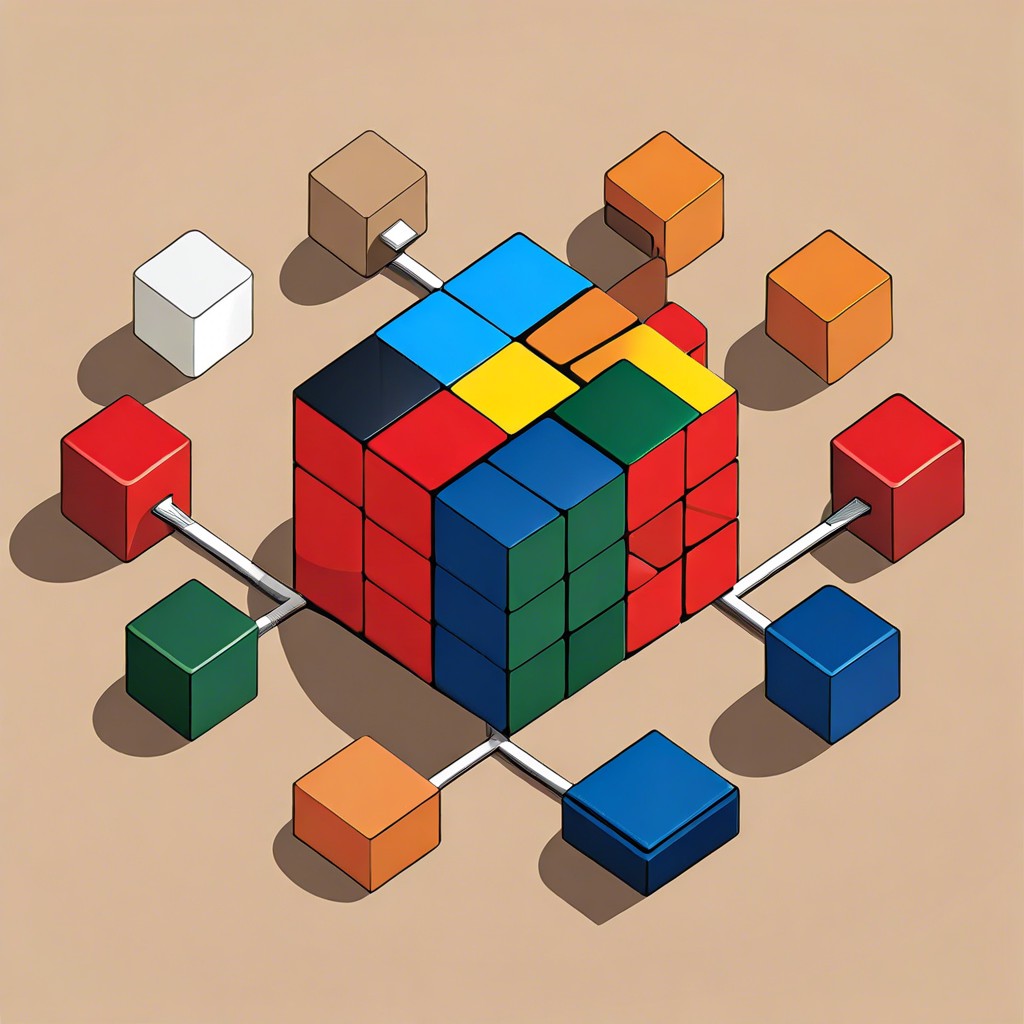Curious about what a trade bloc is and how it impacts global markets?
Key takeaways:
- Different types of trading blocs: Free Trade Areas, Customs Unions, Common Markets, Economic Unions, Political Unions
- Examples of global trading blocs: EU, USMCA, Mercosur, ASEAN, AfCFTA
- Advantages of trading blocs: reduced tariffs, variety of goods and services, boosted economies, enhanced stability
- Disadvantages of trading blocs: trade diversion, unequal benefits, potential political tension
- Trading blocs and trade creation: lower costs, enhanced variety, competition boost, economic growth
Different Types of Trading Blocs

First up, we have Free Trade Areas. Here, countries in the group agree to eliminate tariffs and quotas between each other but maintain their own external trade policies. Think NAFTA.
Next, there’s Customs Unions. These take Free Trade Areas a step further by adopting a common external trade policy. The EU started off as one of these before it grew.
Then we have Common Markets. These not only remove trade barriers and establish a common external policy, but also allow for the free movement of labor and capital. It’s like the EU but with even more freedom.
Economic Unions are the overachievers of the bunch. They combine the benefits of a common market with harmonized economic policies. They often share a common currency too, like the Eurozone in the EU.
Last but not least, Political Unions. These are the ultimate integration, combining everything an economic union has but with one central government. Imagine a group of countries functioning almost as one. It’s like the Avengers of trade blocs.
Examples of Global Trading Blocs
The world is brimming with trade blocs, each with its distinct flavor and charm. The European Union (EU) often grabs the spotlight. Encompassing 27 countries, it’s a real powerhouse of free movement for goods, services, people, and capital. Almost like a world tour without leaving your couch!
Next, we have the North American Free Trade Agreement (NAFTA), now shining under its new name, the United States-Mexico-Canada Agreement (USMCA). It’s like an exclusive club for these three nations, tearing down trade barriers like they’re made of tissue paper.
Swing by the Southern Hemisphere, and you’ll meet Mercosur. This South American gang, including Brazil and Argentina, loves to trade agricultural products. Picture a giant barbecue with endless supplies of beef.
Over in Asia, the Association of Southeast Asian Nations (ASEAN) is a force to be reckoned with. With countries like Indonesia, Thailand, and Vietnam, it’s a buzzing hive of trade activity, aiming to bolster economic cooperation and smash tariffs.
Lastly, don’t miss the African Continental Free Trade Area (AfCFTA). It’s the new kid on the block, but with 54 African Union nations on board, it’s set to create the largest free trade area since the World Trade Organization. Think of it as the ultimate trade party, where everyone is invited.
That’s a glimpse of the bustling world of trade blocs. Keep an eye on these heavyweights as they continue to shape global trade dynamics.
Advantages of Trading Blocs
Members of trading blocs often enjoy reduced or eliminated tariffs on goods and services traded between them. This can result in lower costs for consumers and businesses.
Additionally, trading blocs can lead to a greater variety of goods and services. Markets in member countries open up to more products, sometimes introducing delightful new items, like a chocolate bar from Belgium or tech gadgets from Japan.
Boosted economies are another perk. By increasing trade among members, trading blocs can stimulate economic growth and create jobs. It’s like a win-win party where everyone gets a slice of the pie.
Moreover, enhanced political and economic stability can follow. Partnerships through trading blocs often lead to stronger diplomatic relationships, reducing potential conflicts. It’s economic peace-keeping with a bonus side of prosperity.
Disadvantages of Trading Blocs
Sometimes, trading blocs can stir up more trouble than a toddler in a candy store. First up, they can lead to trade diversion. Instead of buying goods from the cheapest global supplier, countries within the bloc might end up buying from a less competitive partner within the group. It’s like choosing soggy fries over crispy ones just because they’re on the same plate.
Another concern is that trading blocs can create unequal benefits. While some members may see their economies flourish, others might be left holding the short end of the stick. Think of it as a potluck where someone brings gourmet lasagna and another shows up with limp celery sticks.
Finally, there’s always the risk of political tension. When countries join forces economically, they might find themselves butting heads over policies and regulations. It’s like being in a band where everyone wants to be the lead singer. Not exactly harmonious.
Trading Blocs and Trade Creation
When countries form a trading bloc, it can lead to trade creation. This basically means that member countries are likely to trade more with each other because of reduced or eliminated tariffs and other trade barriers.
Imagine you and your neighbors suddenly decide to share your secret chocolate chip cookie recipes. Instead of buying cookies from an expensive bakery across town, you’re all happily exchanging cookies with each other. That’s trade creation.
Here are some points to make it clearer:
- Lower costs: No tariffs means lower prices for consumers within the bloc.
- Enhanced variety: Access to a wider array of goods and services from member countries.
- Competition boost: Increased competition leads to better quality and innovation.
- Economic growth: Boosted trade generally helps economies grow faster.
This mechanism not only fuels the economy but also fosters better relations among member nations, like neighbors bonding over their newfound cookie exchange.